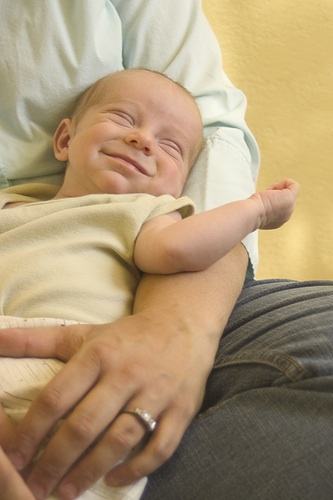The Biggest Threat to American Children
This threat has and continues to grow at an alarming rate. Children impacted by this threat have:
- more emotional problems,
- less involved and less affectionate fathers,
- a greater risk of not completing high school,
- higher risk of infant mortality, and
- worse physical health.
This is despite economics, class or race. Is it children of divorced parents? No. Perhaps it’s children of single parents? Not that either. What about children whose parents are separated? Nope.
Census estimates the of couples “living together/cohabitating” without marriage in the United States reflects an increase of nearly 1000% since 1980. A majority of these households include children. The trend toward cohabitation instead of marriage is producing a cultural transformation that has significant impacts for people and public policies.
A 2011 report put out by the National Marriage Project and the Institute for American Values, groups whose charter is includes strengthening marriage and family life. The report highlights the need to shift focus away from the children of divorce which was the main concern for these researchers.
In the face of this growing problem, I put together the three myths American culture has about cohabitation and what studies have found about them:
Myth #1: Cohabitation Makes no Difference on Children.
In a Gallup Poll study, 47% of those surveyed felt cohabitation made no difference to the children living in the home. Twelve % believed the effects would actually be positive. However, a study by the Vanier Institute found just the opposite. Due to the unstable nature of cohabitation, kids suffer the brunt of the instability, which wreaks havoc on their physical and psychological development. Anne-Marie Ambert, who oversaw the study on this matter, concluded, “Commitment and stability are at the core of children’s needs; yet, in a great proportion of cohabitations, these two requirements are absent.”
Myth #2: Cohabitation is a Stepping Stone to Marriage.
Moving in together has become a normal part of most relationships as they grow in seriousness. It is often considered the final step before marriage. However, a 2006 report by the journal Demography found one-half of all cohabiting unions collapse within a year, and 90 percent within five years.
Myth #3: Cohabitation Reduces the Risk of Divorce.
Forty-nine % of Americans believe cohabitation reduces the risk of divorce, and an additional 13% felt it made no difference either way. However, a study conducted by psychologist Scott Stanley, University of Denver, found couples who cohabitate are twice as likely to get divorced as those who do not. Stanley also found the following factors characterized couples who lived together before marriage:
- More negative communication in marriage
- Lower levels of marital satisfaction
- Higher marital instability
- Lower levels of male commitment to spouse
- Greater likelihood of divorce
A separate study by the Vanier Institute of the Family found married couples who cohabited before marriage are less sexually exclusive both before and after marriage, and that newly married couples who had cohabited before marriage had much higher rates of domestic violence than those who had not lived together.
These are just a tip of the mythberg of cohabitation. I will be introducing more in future posts. Please rate this post using the Stars and Thumbs below. Thank you.






